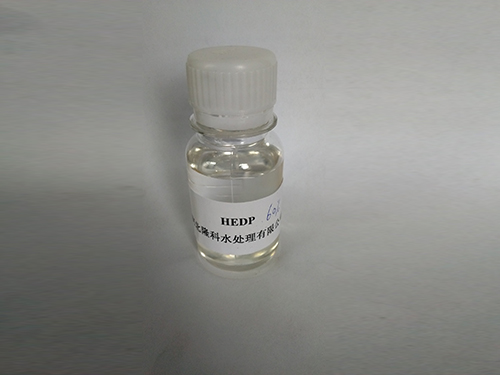Understanding the Applications and Benefits of Cationic PAM in Various Industries
Cationic Polyacrylamide (CPAM) An Essential Tool in Water Treatment and Beyond
Cationic polyacrylamide (CPAM) is a water-soluble polymer that has garnered significant attention in various industrial applications, particularly in water treatment processes. Recognized for its exceptional flocculating properties, CPAM plays a pivotal role in enhancing the efficiency of particle agglomeration, resulting in improved sedimentation and filtration. This article delves into the characteristics, applications, and benefits of cationic polyacrylamide, highlighting its importance in modern industries.
Characteristics of Cationic Polyacrylamide
Cationic polyacrylamide is synthesized by polymerizing acrylamide in the presence of cationic monomers, which introduce positive charges to the polymer chain. This distinctive feature enables CPAM to interact effectively with negatively charged particles commonly found in water, such as clay, silt, and organic matter. The presence of charged sites enhances the electrostatic attraction between CPAM and these particles, promoting floc formation and improving settling rates.
CPAM is available in various molecular weights, and the selection of the appropriate grade depends on the specific application and desired outcomes. Lower molecular weight CPAMs exhibit rapid dissolution and are particularly effective in short retention time processes, whereas higher molecular weight variants provide enhanced viscosity and are ideal for applications requiring prolonged agitation.
Applications of Cationic Polyacrylamide
One of the primary applications of CPAM lies in water and wastewater treatment. The polymer is widely used in municipal and industrial water treatment facilities for the removal of suspended solids, clarification, and dewatering processes. In municipal wastewater treatment, CPAM aids in the rapid sedimentation of sludge, facilitating the efficient separation of solid and liquid phases. This results in a cleaner effluent and reduces the burden on subsequent treatment stages.
cationic pam

In addition to water treatment, CPAM finds applications in industries such as papermaking, textile manufacturing, and oil recovery. In the papermaking industry, cationic polyacrylamide is utilized as a retention aid, improving filler retention and paper quality. In textile applications, CPAM enhances fiber adhesion and improves the overall dyeing process. Furthermore, in oil recovery, CPAM is employed to enhance the viscosity of water used in enhanced oil recovery techniques, promoting better oil displacement from reservoir rocks.
Benefits of Cationic Polyacrylamide
The utilization of cationic polyacrylamide offers several benefits in various applications. First and foremost, CPAM enhances the efficiency of sedimentation and filtration processes, resulting in reduced treatment times and lower operational costs. Its ability to agglomerate fine particles improves overall water quality while minimizing chemical consumption compared to traditional treatment methods.
Moreover, CPAM is considered environmentally friendly, as it is non-toxic and biodegradable under appropriate conditions. This characteristic makes it a suitable choice for applications where environmental concerns are paramount, such as in water treatment and agricultural practices.
Additionally, the versatility of cationic polyacrylamide, with its range of molecular weights and charge densities, allows for tailored solutions in specific applications. This adaptability means that industries can select the most effective CPAM formulation to address their unique challenges effectively.
Conclusion
Cationic polyacrylamide is an invaluable polymer that has transformed water treatment and many industrial processes. With its superior flocculating properties and diverse applications, CPAM continues to play a crucial role in enhancing efficiency and sustainability in various sectors. As industries strive towards more effective and eco-friendly practices, the importance of cationic polyacrylamide is likely to grow, solidifying its status as a key player in the future of environmental management and industrial protocols.
-
Dodecyldimethylbenzylammonium Chloride: High-Purity DisinfectantNewsAug.30,2025
-
2-Phosphonobutane-1,2,4-Tricarboxylic Acid: Scale & CorrosionNewsAug.29,2025
-
Premium Isothiazolinones | Broad-Spectrum Biocidal SolutionsNewsAug.28,2025
-
LK-319 Special Scale And Corrosion Inhibitor For Steel Plants: Advanced Solutions for Industrial Water SystemsNewsAug.22,2025
-
Flocculant Water Treatment: Essential Chemical Solutions for Purification ProcessesNewsAug.22,2025
-
Isothiazolinones: Versatile Microbial Control Agents for Industrial and Consumer ApplicationsNewsAug.22,2025





